The Beauty of Numbers
Numbers are more than just tools we use to count or calculate. They are woven into the very fabric of our universe — a silent, invisible language that has guided the growth of civilizations, the development of technology, and even our understanding of ourselves. For many cultures across Asia, numbers are not merely academic or economic assets — they’re deeply respected, even spiritual in nature. Their logic brings order, their patterns bring beauty, and their universality brings connection.
But how did numbers evolve from primitive markings on cave walls to infinite decimals used in space exploration? To appreciate their power today, we must begin with their story.
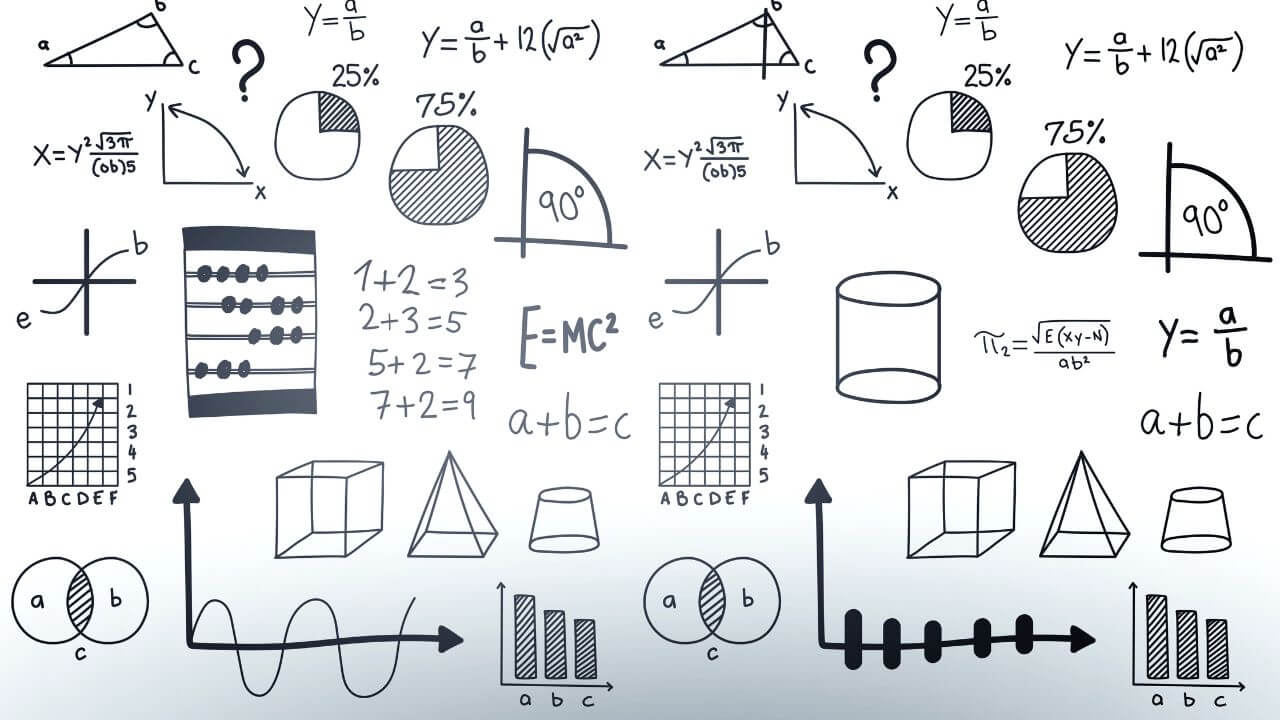
From Ancient Symbols to Infinite Concepts: A Brief History of Numbers
The human fascination with numbers predates recorded history. Early humans used tally marks on bones to track seasons or food supplies, but it wasn’t until the age of the Romans that a formalized number system began to take shape.
The Roman numeral system — with symbols like I, V, X, L, and M — served a growing empire well for centuries. However, it was limited in structure and lacked a crucial concept: zero. This absence made complex calculations difficult, stalling progress in many areas of science and engineering.
Meanwhile, in India, a mathematical revolution was quietly underway. Around the 5th century CE, Indian scholars developed the decimal system and introduced zero — or śūnya in Sanskrit — as both a concept and a placeholder. This breakthrough was not just technical; it was philosophical, opening up an entirely new realm of thought about the nature of nothingness and infinity.
From India, these ideas traveled westward, embraced and expanded upon by Persian and Arab mathematicians. Al-Khwarizmi, a Persian scholar, formalized algebra and laid the foundation for what we now call algorithms — his name even gave birth to the term itself. Across Asia, other civilizations were advancing in parallel. In China, scholars used the rod numeral system and abacus for intricate calculations long before modern calculators existed.
Today, remnants of these historical contributions are still felt. For example, the abacus remains a core part of early math education in Japan and China, where it’s used to develop cognitive agility and mental math skills. A 2022 study by Japan’s Ministry of Education found that 85% of primary schools use abacus-based exercises as part of their math curriculum.
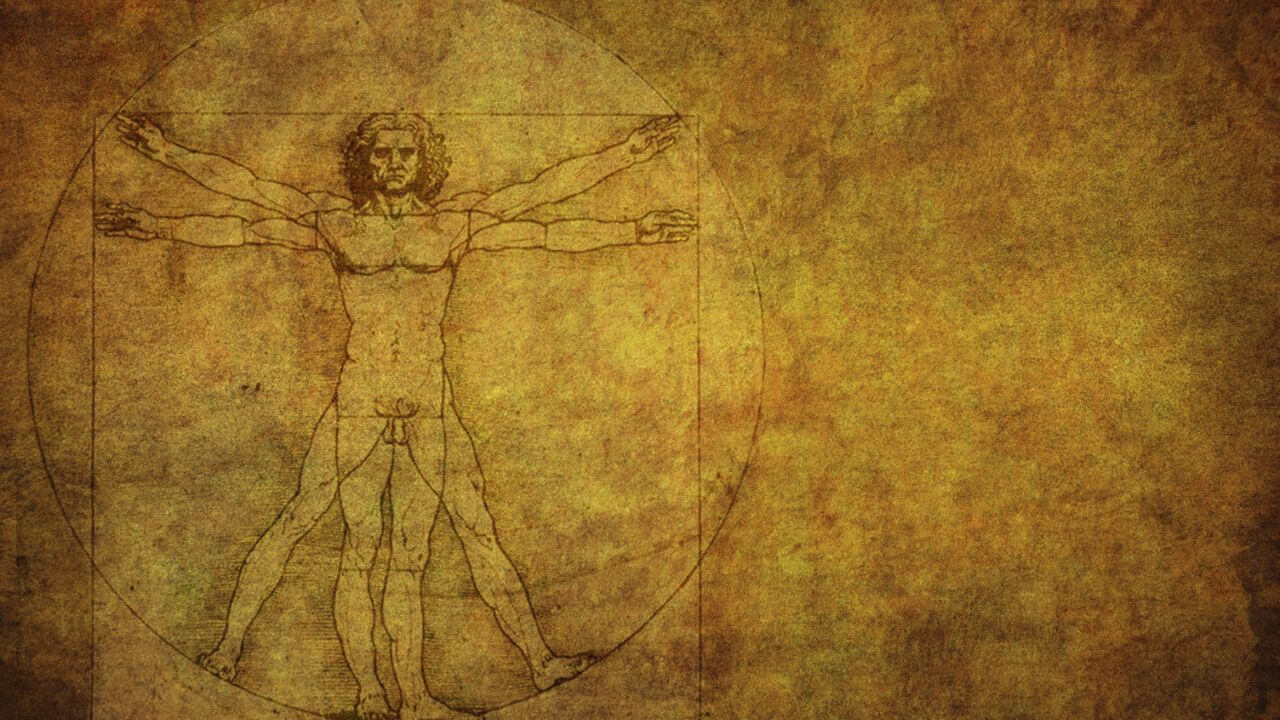
The Mathematical Engine of Human Progress
As humanity began to understand and harness the power of numbers, an era of acceleration began. Trade, science, and even art were transformed. Numbers became not just a means to count but a means to build, innovate, and explore.
Consider trade: Ancient merchants relied on basic arithmetic for measuring goods and currency. Fast forward to today, and 92% of global stock market transactions are executed by algorithms — pure math — as reported by the World Economic Forum in 2023.
In medicine, numbers have become essential. From modeling virus spread during pandemics to decoding the human genome, mathematics now drives some of our most critical discoveries. The Human Genome Project, completed in 2003, mapped all 3 billion base pairs in human DNA — a feat possible only through vast numerical computations.
From tallying crops to mapping the essence of life, numbers have guided our evolution. But beyond their practicality, they also hold immense beauty.
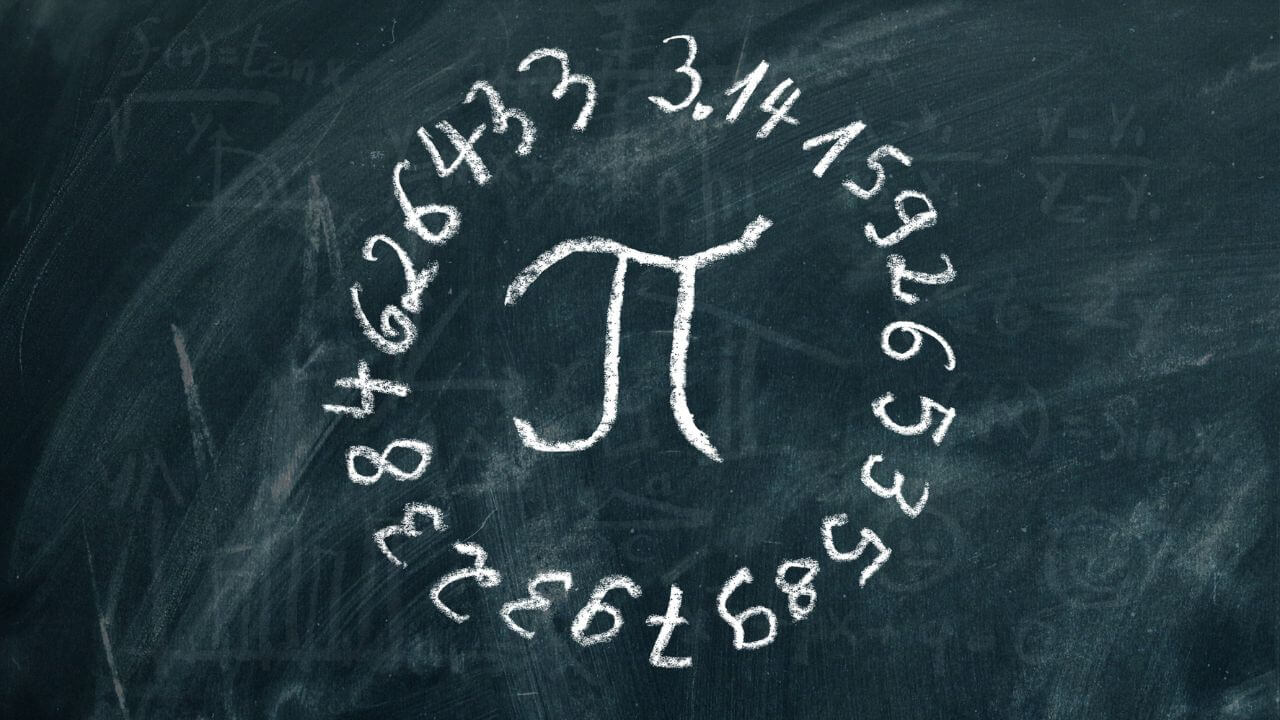
The Eternal Allure of Pi
No number has captivated the human imagination quite like Pi (π) — the ratio of a circle’s circumference to its diameter. While Pi begins as 3.14159, its digits extend infinitely without repeating. It is both deeply familiar and wildly mysterious.
Pi appears everywhere — from calculating planetary orbits to determining the structure of atoms. In Japan, where math is both an academic strength and a cultural fascination, Pi recitation contests are popular. In fact, Akira Haraguchi holds the world record for reciting 100,000 digits of Pi from memory — a testament to both discipline and the hypnotic draw of this number.
Even NASA relies on Pi for trajectory calculations when sending spacecraft across millions of kilometers. Its utility is unquestionable, but what makes Pi truly beautiful is its infinite complexity — a mathematical poem that never ends, reminding us of the boundless nature of knowledge.
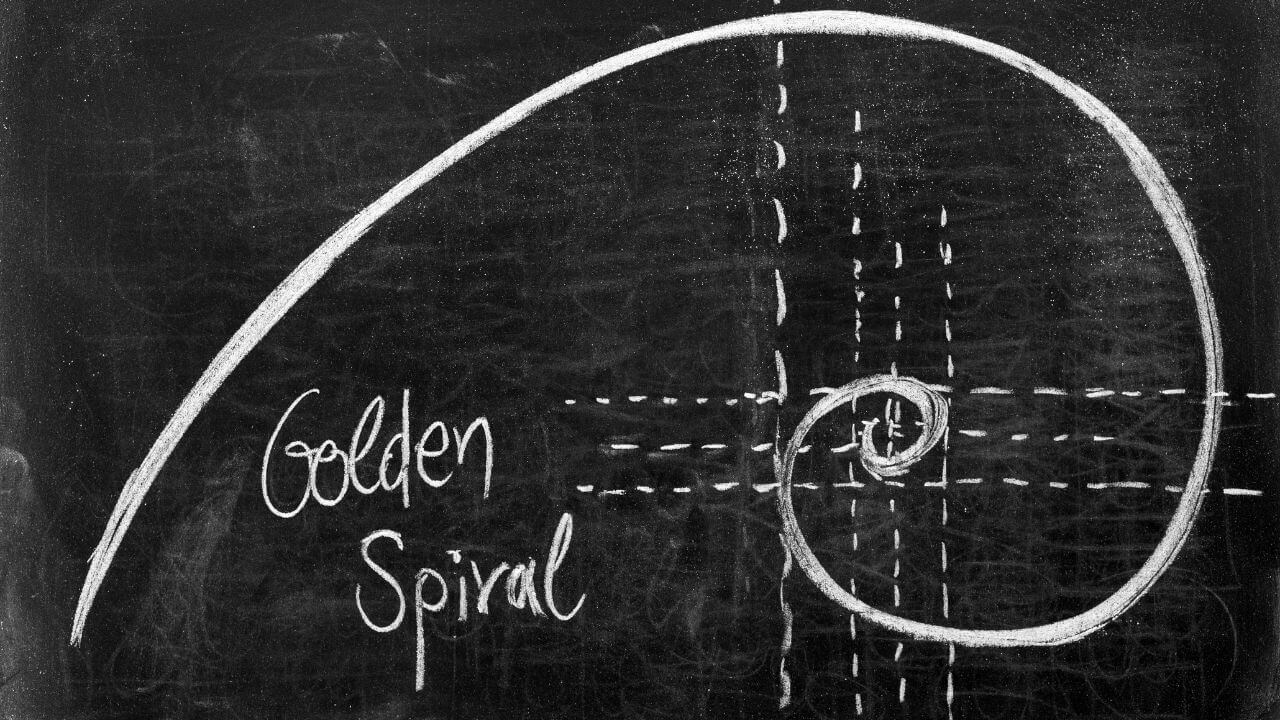
Fibonacci: The Hidden Order of Nature
If Pi is the number of mystery, the Fibonacci sequence is the number of life. Starting with 0 and 1, each subsequent number is the sum of the two preceding ones: 0, 1, 1, 2, 3, 5, 8, 13, and so on.
At first glance, it’s a simple pattern. But this sequence underpins much of the natural world. You’ll find it in the arrangement of sunflower seeds, the spirals of seashells, the growth patterns of trees, and even in storm formations.
NASA studies show that nearly 98% of spiral galaxies, including our own Milky Way, conform to angles related to the Fibonacci sequence. In nature, Fibonacci offers the most efficient way to grow, distribute, and evolve — a quiet algorithm behind the chaos of life.
But the influence of this pattern goes beyond biology. The Golden Ratio, derived from Fibonacci numbers, has been used in Asian art and architecture for centuries. Whether in Indian mandalas, Korean hanok houses, or the symmetry of Islamic patterns, the ratio creates aesthetic harmony and spiritual resonance.

Modern Asia: A Region Powered by Numbers
Asia today is not just honoring the beauty of numbers — it’s leveraging them to lead the world into the future. Countries like China, India, Japan, and Singapore are global leaders in AI, robotics, and blockchain technology, all driven by mathematical innovation.
In 2024, Asian nations produced 54% of the world’s AI research, according to Nature’s AI Index. Algorithms now manage healthcare systems, optimize transportation, and personalize education. FinTech ecosystems in Singapore and Hong Kong are redefining finance using cryptographic models — digital trust built on mathematical certainty.
Education also reflects this reverence for numbers. Singapore’s math curriculum is world-renowned for its rigor and clarity, and has been adopted in over 40 countries. PISA rankings consistently place Asian countries at the top, a reflection of cultural respect for logic, discipline, and structure.
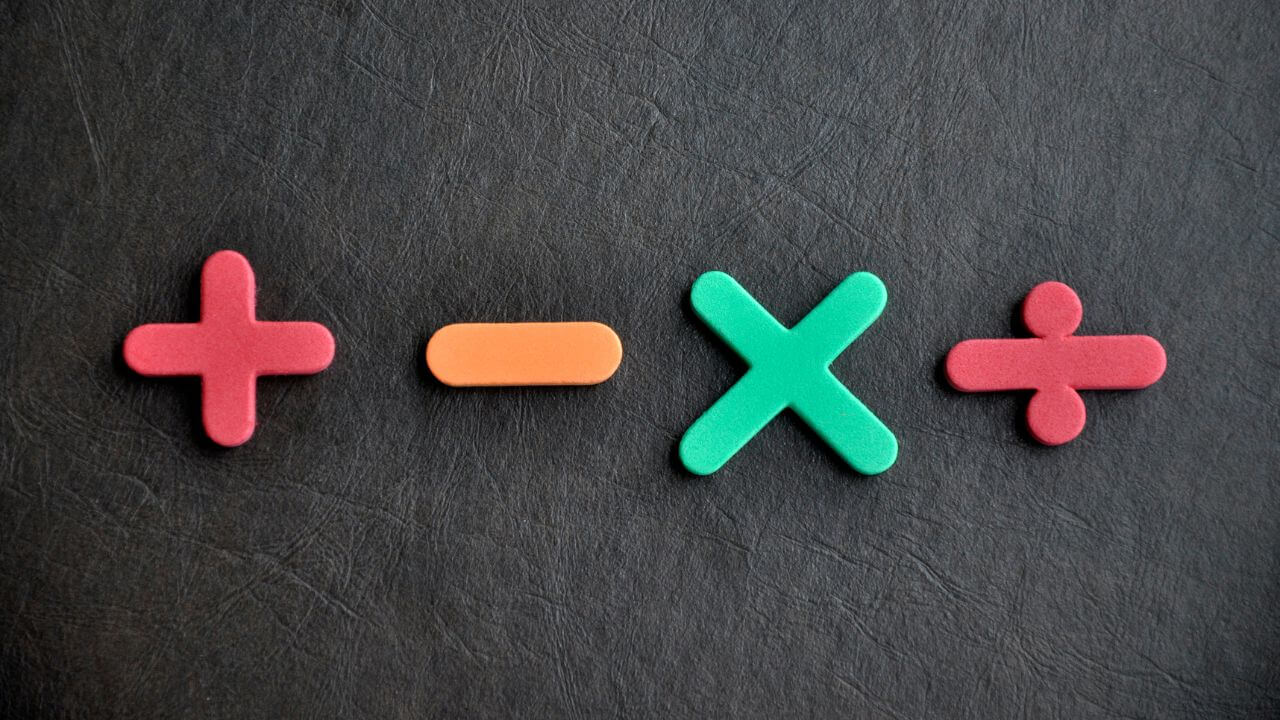
Spirituality and Symbolism in Numbers
Beyond science and commerce, numbers hold deep spiritual meaning across Asian cultures. In Chinese numerology, the number 8 is linked to wealth and prosperity. In Hinduism and Buddhism, 108 is a sacred number used in chants and prayer beads.
This intersection of math and meaning reflects something profound: that numbers aren’t just functional — they are foundational. They resonate in both the material and the metaphysical.
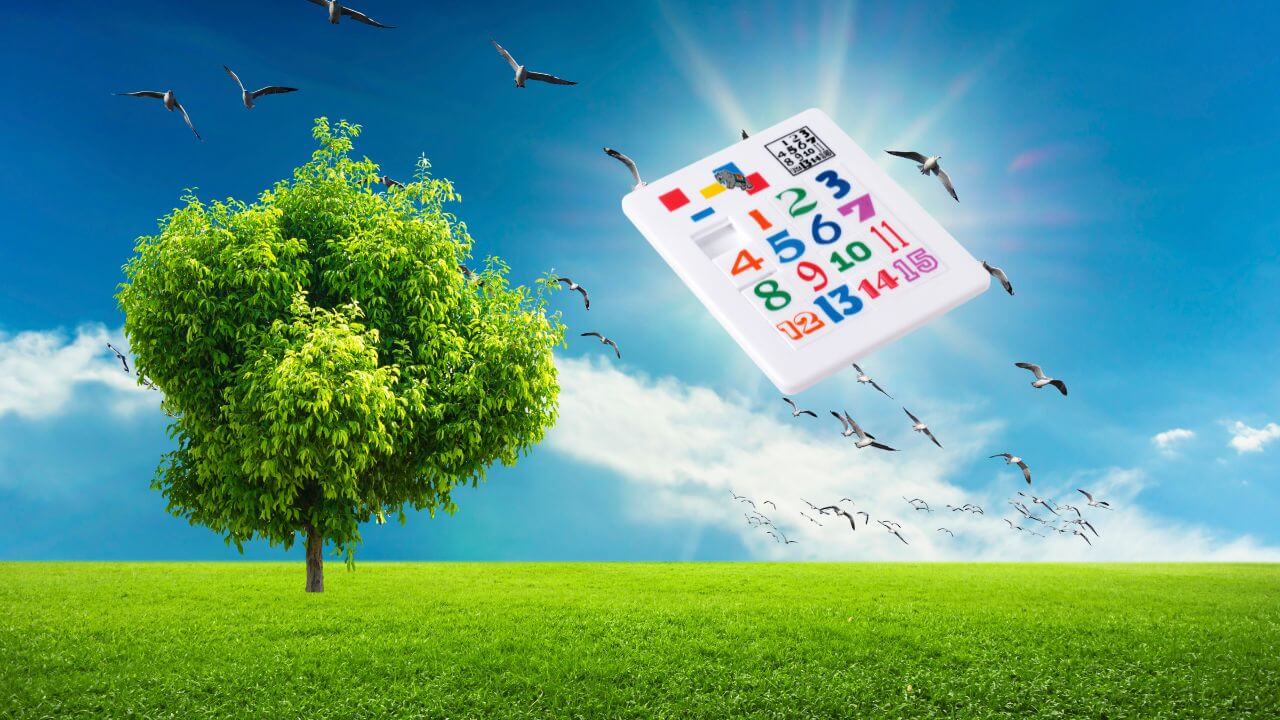
Conclusion: Why Numbers Are Truly Beautiful
From cave markings to quantum computing, from Roman numerals to AI, numbers have been our constant companions — helping us evolve, adapt, and understand the world around us. They’ve built bridges, launched rockets, decoded genomes, and inspired poetry.
For Asian societies, where tradition meets cutting-edge innovation, numbers represent something more — balance, beauty, and boundless potential.
Whether in the infinite digits of Pi or the elegant growth of Fibonacci spirals, numbers remind us of a universal truth: the more we learn, the more we realize there is yet to understand.
In the end, the beauty of numbers is that they are both everywhere and eternal — a silent, perfect language that continues to shape our destiny.
